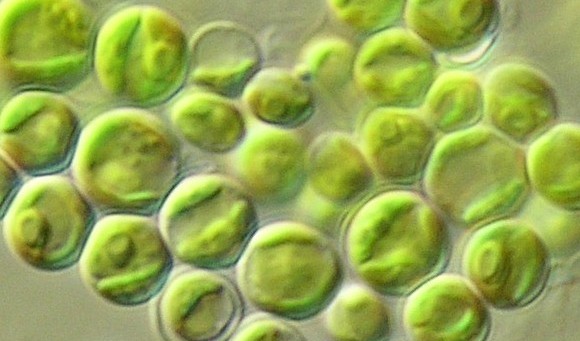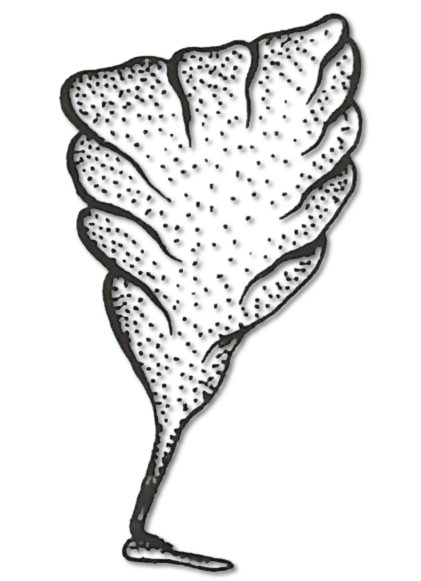Introduction
The word “alga” was first introduced by Carl Linnaeus (Swedish Biologist). Algae are simplest autotrophic organism distributed in soil, water, air, etc. As they can survive in diverse habitat, they possesses significant characteristics than other organisms. Algae are different types that are grouped on the basis of pigments, cell structure, presence or absence of flagella, reserve food materials etc.
General characteristics
- Algae are eukaryotic organisms, meaning they have membrane-bound organelles and a true nucleus.
- They contain chlorophyll and are photosynthetic, using light energy to produce chemical energy.
- Algae range in size from microscopic unicellular forms to large multicellular seaweeds.
- Most algae lack true roots, stems, leaves, and vascular tissues found in plants.
- The cell walls of algae are composed of cellulose, mannans, and galactans.
- Algae can be found in a wide variety of habitats, primarily aquatic environments like oceans, lakes, and rivers.
- Some algae can also live in moist terrestrial environments like soil, rocks, and tree bark.
- Algae can be free-living or form symbiotic relationships with other organisms like fungi (lichens) or animals.
- Algae store food in the form of starch, laminarin, or mannitol.
- Reproduction in algae occurs through vegetative, asexual, and sexual means.
- Asexual reproduction commonly occurs via the formation of spores like zoospores, aplanospores, akinetes, etc.
- Sexual reproduction involves the fusion of gametes and can be isogamous, anisogamous, or oogamous.
- Algae are classified into major groups based on their pigmentation, including green algae (Chlorophyta), brown algae (Phaeophyta), and red algae (Rhodophyta).
- Algae are a vital part of aquatic ecosystems, forming the base of the food chain as phytoplankton.
- Some types of algae can cause problems by producing toxins, clogging water filters, or imparting unpleasant tastes and odors to water
Range of thallus structure
As we discussed earlier notes, algal body cannot differentiate into root, stem and leaves, so it is called thallus body. There several types thallus structure found in algae. Here, let us discuss about different types of thallus structure found in algae-

1. Unicellular motile type
This is a very simple type of algal body structure (thallus) composed by a single rounded, pear-shaped or oblong-shaped form bearing two flagella at their anterior region. They are motile i.e. they can move. Example – Chlamydomonas, Euglena, Phacus, Cryptomonas and Chromonas.
2. Unicellular non-motile type or Coccoid type

This type of thallus is composed by more or less spherical, small, non-motile and non-flagellate unicellular cell. Some thallus are solitary (Example- Chlorella, Chlorococcum, etc.) and some are embedded in groups within a mucilaginous sheath (Example- Gloeocapsa, Chamaesiphon, Porphyridium, etc.).
3. Motile multicellular or Coenobial or Colonial type

It is thallus composed by a group of unicellular flagellated motile cells. Their flagella protruded out is embedded in together in a gelatinous sheath to form a more or less rounded motile colony or coenobium. Example- Volvox sp., Eudorina, Pandorina, Certatium, Gonyaulax, etc.
4. Non-motile coenobial type
A colony is formed by a group of non-motile cells and arranged in a single layer along the long axis. Example- Scenedesmus, Hydrodicton. Here cells are connected end to end forming a pentagonal or hexagonal mesh of net. Sometimes coenobium forms star-shaped structure.
5. Palmellopid type
During unfavourable conditions some algae such as Chlamydomonas and Chronulina (belongs to Chlorophyta) form a temporary colony.
6. Dendroid type
This type of thallus is looks like a tree. Algae like Prasinocladus, Ecballocystis, plant body is looks like a microscopic tree.
7. Filamentaous type
In these types- the cells are arranged one upon the other either in a row or in several rows to make the plant body filamentous or thread like structural appearance. Sometimes filamentous thallus may be definite in length. The filaments may or may not be differentiated into base and apex. The filaments may be branched, for example- species of Cladophora, Pithophora under the division Chlorophyta or they may be unbranched , example- species of Spirogyra, Ulothrix, Zygnema, Oedogonium, etc of species of Chlorophyta etc.
8. Siphonaceous type
In such type, thallus is made up of long, hollow tube – like structure called coenocytes. Such coenocytic filaments contains many nuclei and is branched. Example- species of Vaucheria, Botrydium, etc.
9. Heterotrichous type
In this thallus different types of trichome of filaments are present. Here, hetero means “different” and trichous means “filament”. In this type, plant body can be differentiated into a prostrate system of branched filament developing away from the substratum. This type of thallus represent the most advance type of thallus. This type of thallus is one of the characteristics features of Chaetohporales

10. Parenchymatous type
Repeated septation of filaments and cells division in two or more planes results in the formation of parenchymatous thallus like body in some algae. Such thallus may be ultimately foliose and flat (Ulva sp.) or tubular (Enteromorpha). Some other complex thallus structure is seen Chara, Fucus, Laminaria, Sargassum, etc.

11. Uniaxial type
In such type of thallus plant body is composed by parenchymatous thalli in which there is one main axis and all others are side branches e.g. Batrachospermum or Dumonia of Rhodophyta.
12. Multiaxial type
In this type of thallus more than one axis are present in the thallus body. Example- Polysiphonia, Chondrus, Scinaia, etc.
